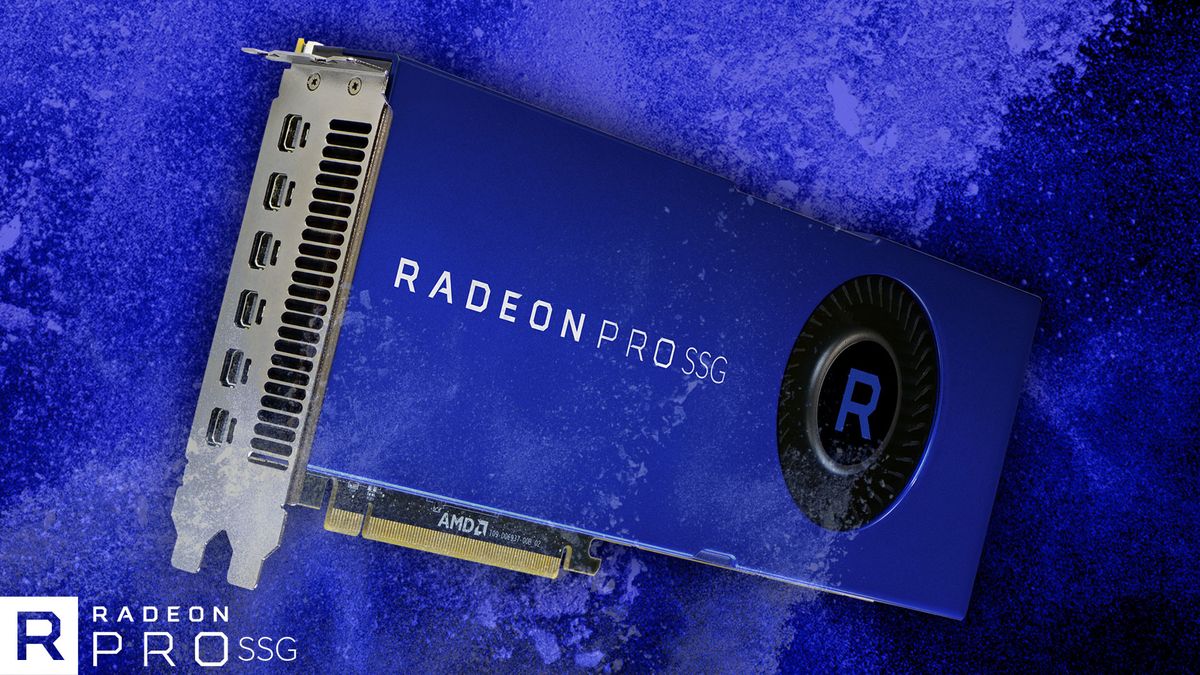That's interesting. Is this a product for the server market? Because I for shit can't imagine QLC NAND having the endurance levels needed for next-gen game writes as a cache over 5-7 years before going bad, it simply doesn't have the endurance levels for it. And in terms of large-capacity NAND fit for consumer devices that's the only one available at affordable rates for a gaming console.
Unless, this Radeon product is using 3D Xpoint style NAND as a pseudo-DRAM, similar to what Intel's Optane Persistent Memory does. The thing with those, though, are the prices: they are definitely priced upward because server and telecommunications will pay the premium, but these products go for many hundreds to thousands of dollars. The Intel ones go for between $850 to over $2000 dollars depending on the GB capacity, which goes no higher than 256 GB (maybe 512, I haven't checked in a minute). I can only imagine this Radeon one (if it's actually using that kind of NAND) would be near $5,000 if not more.
Even if Sony and MS were to get them per GB at a heavily reduced cost, they are not putting anywhere near 2TB or even 1TB of it in their systems. You would be lucky to get 32GB's worth, honestly, unless they want to take a huge loss on each system sold. As a cache, 3D Xpoint would work much better than traditional NANDs over PCIe because the latency is much lower (about 300-350ns for Persistent Memory, currently), and it's page-addressable on reads / byte-addressable on writes like DRAM, so there's more versatility in that department over conventional NAND.
But it has to be one or the other; either the next-gen systems are using conventional NAND over a x4 PCIe 4.0 lane interface (8 GB/s), in which case the term "cache" is just being used relative to slower SSDs and HDD storage, or they are using something like 3D Xpoint NAND, which gives speed much faster than traditional NAND over storage interfaces but slower than DRAM, and at the prices Sony and MS would be able to get it per GB, they may actually be better off buying more GDDR6 tbh and building a high-quality 8 GB/s SSD interface with APIs devs can use to communicate with storage onboard at a lower level than on PC (if possible) and allow for user-swappable drives.
I mean, other than those options there's not much else Sony and MS can do to make their SSDs "revolutionary" storage devices since we already have examples of other NAND, DRAM, NVDIMM, MRAM etc. tech on the market and where those are currently at in terms of mass-market consumer device adoption. Sony and MS aren't making their own custom NAND-based memory from the ground-up xD.




